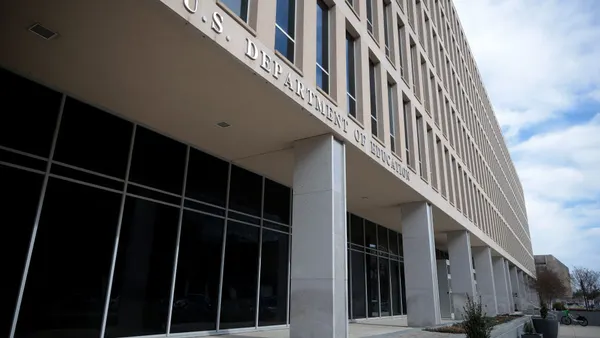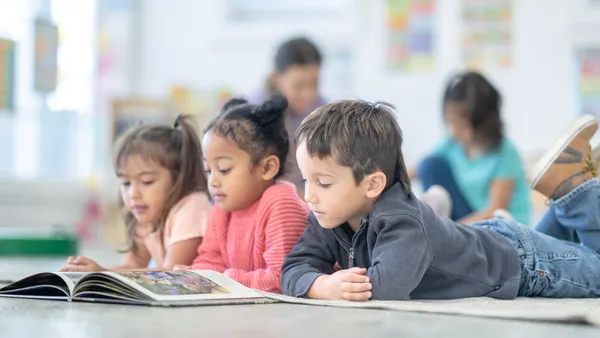Dive Brief:
- Understanding what materials you can use in a classroom setting can be complicated for educators who don’t know if they’re following copyright and fair use rules, writes EdSurge. The problem is, not everything is always clear.
- Using videos in class can be tricky. Some are certainly okay, such as a copy of a movie that was made legally, or those pulled from online resource sites that a school or district pays to use.
- Teachers should also educate students on fair use and copyright as well, lessons that can easily fold into digital citizenship classes. Students who have grown up as digital natives, on social media and message apps, would benefit from learning how copyright impacts their lives — particularly as they make creations of their own.
Dive Insight:
Copyright laws are one of the biggest issues in today’s digital society where a photograph can be copied in a second, and words can be cut and pasted without any attribution. While educators are in the business of teaching and sharing — rather than stealing someone else’s ideas and creations — they too can run afoul of copyright protections, and steering clear of that hurdle can be especially difficult in the era of open educational resources.
Educators do have additional rights that can make it easier to use material in a classroom environment. The University of California provides resources to help teachers and curriculum leaders navigate usage guidelines, from whether they can make multiple copies of a book chapter or test booklets. (One of these likely falls under fair use, and one probably won’t.)
For curriculum designers who are helping to create lesson plans across schools and are concerned they may fall on the wrong side of copyright issues, there are alternatives. Creative Commons allows educators to share their work and give permission for others to use that material, or even re-use for those educators who are engaged in project-based learning lessons. There you can find images, music and other media.
Material in the public domain is also considered fair use — which means educators don’t need to ask permission to use them. Sites like Project Gutenberg, Wikimedia Commons and even NASA all have images in the public domain.
Educators want to focus on making sure students are learning. Having places where they can find material — without having to worry that they’re potentially on the wrong side of copyright law — may make their job just that much easier.












